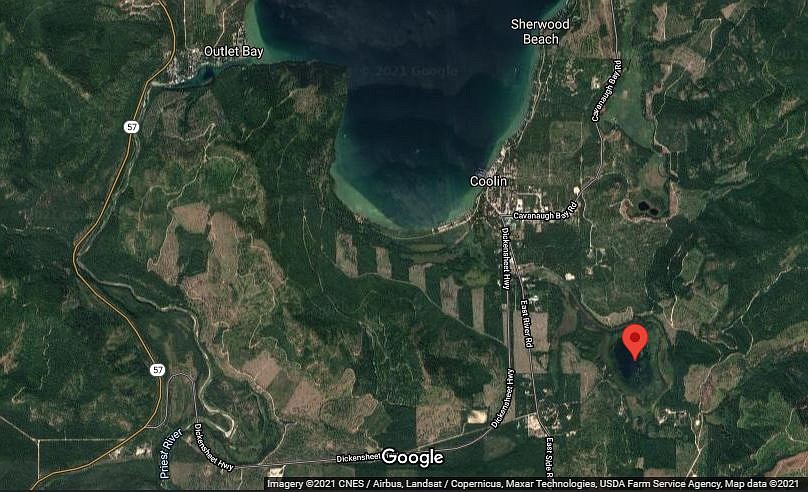SCA seeks review of Coolin fill operation
COOLIN — The Selkirk Conservation Alliance is calling on the U.S. Army Corps of Engineers to revisit a fill operation it permitted in the Coolin Wetland System this summer.
In the comment, filed Oct. 12, SCA director Amy Anderson called on the Corps to overturn its July 29 approval of a residential fill operation for 1,500 cubic yards of rock and gravel on a 0.315-acre parcel in the Class I wetland.
Anderson said the alliance only found out about the Corps’ approval of the application via a FOIA request and said the request was not posted on the agency’s website. Anderson also criticized the Corps’ failure to notify Idaho Department of Fish and Game officials throughout the process.
“The Corps was required to coordinate and consult with IDFG as a condition of permit review and did not,” Anderson said.
Also of concern, Anderson said, was that the applicant had applied for the permit under two different permit types and that the Corps failed to allow for adequate public interest review.
IDFG has identified the Coolin Wetland System in several documents as an important ecological feature, even deeming it one of only two Class I wetlands in the state of Idaho due to its richness, rarity, condition and viability.
In his application, David Gravelle of Code Red Consulting said that filling in at least some of the property is necessary.
“Approximately 17% of the 5-acre parcel is proposed to be filled. Efforts were made to reduce the size and dimensions [of the fill operation],” Gravelle said. The proposed development is for a shop and a driveway on the parcel, all to be constructed on the filled-in area.
The EPA lists “deposition of fill material for development” as one of the hydrologic alterations that can significantly alter soil chemistry and plant and animal communities in a wetland ecosystem.
“Class I sites are the most outstanding, irreplaceable wetlands of highest conservation priority,” Anderson said.
The permit was obtained by the process outlined in section 404 of the Clean Water Act, which regulates the discharge of fill material into U.S. waterways, which has traditionally been interpreted to include wetlands. Anderson also took aim at the notion of wetland banking for this site. Wetland banking allows a developer to damage a wetland in one area so long as they pay to repair a wetland in another area. This wetland system is a rare Class I site, which would be damaged and traded for proposed improvements to a less valuable wetland, she said.
Anderson said that wetland banking should not be considered for the site “due to the extremely high habitat richness, rarity, condition, and viability of the system.”
“Exchanging any part of this wetland for wetland acreage in the Valencia Wetlands is like exchanging a gold ring for an aluminum one.”

